"As an OT and mom, I loved BLW, and it worked well for our family. My son enjoys feeding himself and enjoys a variety of foods," says Oliva Powers, who holds a master's degree in Occupational Therapy. Baby led weaning is all the rage, but is this the right choice for your baby?
 Starting solid foods is an important developmental step. Parents get a lot of conflicting advice from family members and well-meaning friends. When should you start feeding your child solid foods? Is baby led weaning safe or even recommended? How can you do it safely?
Starting solid foods is an important developmental step. Parents get a lot of conflicting advice from family members and well-meaning friends. When should you start feeding your child solid foods? Is baby led weaning safe or even recommended? How can you do it safely?
To learn more about baby led weaning, I spoke with Olivia Powers, a baby OT who specializes in pediatrics and has used the baby led weaning method with her son.
Discover what baby led weaning is, the benefits it offers, and how to implement it with your baby.
What Does BLW Mean? The Basics of Baby Led Weaning
Baby led weaning means that parents offer babies age-appropriate foods that babies feed themselves independently. For example, parents may offer baby a large piece of ripe banana or steamed carrot. The baby self-feeds and decides how much to eat.
When my oldest was 6 months old, my Guatemalan mother-in-law handed my baby a chicken leg bone. Completely bare, with just the taste of meat left, my son immediately started chewing on it. This was my introduction to baby led weaning.
Quickly, I learned to appreciate the simplicity of feeding my son this way. Although I made some changes along the way, I learned that starting solids didn't have to mean only purees and cereals. The approach is practical, easy, and my son loved it. Since then, I've also used a version of the method with my younger two children and seen the many benefits it offers.
The Main Features of Baby Led Weaning
Baby led weaning has various interpretations, with some stricter than others. Here are some of the main features of this approach to starting solids:
- Parents look for signs baby is ready to start solids before introducing baby led weaning
- The baby picks up food from their tray or plate and eats them using their hands or a spoon
- Caregivers supervise eating
- Caregivers provide foods that are safe for the baby
- Foods are usually the same or similar to what the rest of the family is eating
Powers explains that "Babies can eat most of the same foods that we can eat." However, you'll need to make sure you modify family meals so they're safe for your new-to-food baby. For example, parents can safely serve spaghetti and meatballs by cutting up the noodles and putting them in a bowl with sauce. Then mash up the meatball on the side to minimize the risk of choking, Powers suggests.

When to Start Baby Led Weaning
Many people start baby led weaning as a way of introducing solids to their baby. However, you can also start using this approach if your baby is used to spoon-feeding. It may take some time for your baby to adjust to the change. Over time, your baby can learn to feed themselves and enjoy different textures.
You can also create your own approach that works for your family. Personally, I used a combination of baby led weaning and a more traditional method with my children. While I provided the opportunity for my children to self-feed, I also spoon-fed them.
In general, I gave my children the same food that the rest of the family was eating adjusted for their needs and development. Occasionally, I incorporated ingredients such as squash into a stew, knowing they loved the texture and flavor. When the family had chicken and rice for a meal, I smashed the rice and shredded the chicken for my baby.
What Are the Signs Baby is Ready for Solid Foods?
The American Academy of Pediatrics recommends starting solids based on readiness. In addition, they encourage parents to exclusively breastfeed until your baby is 6 months old. Also, your baby should continue to receive breast milk or formula until they are one year old or beyond.
Powers says that some signs your baby is ready for solid food include:
- Head Control: Your baby can hold their head upright & steady while seated throughout the meal
- Sitting: Your baby can sit upright with minimal support
- Reach & Grasp: Your baby is able to grasp large objects and bring them to their mouth
- Interest: Baby shows interest in food and eating
When your baby shows these signs, you can start introducing solids using baby led weaning.
The Best Baby Led Weaning First Foods
What are some ideal first finger foods for baby? First, Powers offered some basic guidelines that parents can follow when selecting foods.
"We want to offer large food pieces so that they are easier for babies to pick up and self-feed independently. Yet, we also want to minimize the risk of choking," she says.
To do that, Powers says "the food should be the length and width of two adult fingers."
Plus, consider the texture. You can avoid choking with these baby led weaning first food textures:
- Foods that are easily mashable between your fingers such as steamed carrots, avocados, or kidney beans.
- Slightly firmer foods that break down into smaller pieces with some sucking or chewing, such as cooked pasta or toast.
- Foods that are highly resistant that baby won't be able to break off large pieces when chewing. Some examples include pineapple core and corn on the cob.
Pro Tip: Powers says that baby led weaning can include pureed baby foods. Offer them to your baby on a pre-loaded spoon.

First Finger Foods for Baby Led Weaning
Other examples of first finger foods Powers recommends are:
- Soft fruits like ripe bananas, cooked apple, or mango
- Cooked vegetables like cooked broccoli, zucchini, sweet potato, or asparagus
- Soft proteins like shredded chicken or scrambled egg. Ground beef that has been cooked well-done can be mixed in with easy to scoop foods like mashed potatoes or vegetables. Well done ground beef can be dry alone, but perfectly safe when mixed into other foods.
- Foods like toast or pancakes
The goal is to expose your baby to a variety of foods with different flavors and textures.
As babies grow older, they will develop their pincer grasp. Powers says that at around 8 or 9 months of age, you can start including smaller bite-size pieces. At this point, offer your baby smashed blueberries, Cheerios, or quartered grapes.
Tips to Reduce the Risk of Choking while Baby Led Weaning
Always keep in mind that some foods present a choking hazard for babies. This means avoiding feeding your baby hard or circular foods. Here's a list of foods to avoid:
- Popcorn
- Whole grapes
- Raw carrots
- Nuts
- Hot dogs
- Similar foods to the above
Even at 12 months, be sure to avoid these foods and monitor your child carefully while eating.
Powers reminds parents that "Gagging is normal, but choking is not. Educate yourself on the difference between choking and gagging."
The Ohio Chapter of the American Academy of Pediatrics notes that while choking, babies may appear panicked and stop making noise. Powers recommends that parents take a child or baby CPR class so they can respond effectively to choking.
Benefits of Baby Led Weaning
Powers used baby led weaning with her son because she believes in the benefits it offers. Some of these benefits include:
- Developing Fine Motor Skills: As babies grasp bits of food, they develop control of their hands, hand-eye coordination, and greater control over their fingers.
- Developing Chewing Skills: According to Utah State University (USU), babies learn to chew between 6 and 12 months of age. Giving babies the experience of solid foods instead of only purees can foster these skills.
- Fosters a Healthy Relationship to Food: USU says self-feeding can also help your baby recognize hunger and fullness. This can lead to healthier eating habits.
- Enjoying a Varied Diets: Research shows that babies who started solids using baby led weaning were less picky eaters and exhibited less fussiness. "It's important that babies experience the variety of flavors and textures of your cooking," Powers says.
- Less Stress: BLW may reduce stress for parents, as baby can join family meals.
Baby led weaning is a great fit for many families. However, Powers reminds parents that "Each family needs to assess the pros and cons to make the best decision."

Is Baby Led Weaning Safe?
Many parents worry that baby led weaning might not be safe. Research shows that baby led weaning doesn't increase the baby's risk of choking. Also, you can follow Powers' tips for keeping your baby safe:
- Always supervise while your baby is eating.
- Make sure your baby is not too tired, distracted, or upset while eating.
- Ensure baby is in an upright highchair, with an adjustable footrest under their feet.
- Allow your baby to self-feed 100% of the time.
- Present large pieces of food that are easy for your baby to grasp and hold onto.
- As your baby develops their pincer grasp, offer smaller bites they can pick up.
- Keep calm and avoid displaying emotional reactions if your child refuses to eat.
- Model eating for your child and have them eat with the rest of the family. Babies learn by watching you, so exaggerate your feeding movements.
The Don'ts of Baby Led Weaning
In addition, Powers recommends that parents follow important steps to avoid when practicing BLW:
- Avoid your baby dangling their feet in the highchair. If your baby's feet don't touch the footrest, try adjusting with a box, pool noodle, or something similar. Once your baby is old enough, they can enjoy sitting at a child-sized table.
- Avoid wiping your baby's face during the meal. It can cause a negative sensory experience.
- Avoid putting finger food into your baby's mouth. Only allow the baby to self-feed.
- Avoid putting your fingers in your baby's mouth to get food out. Coach the baby to spit it out by demonstrating and sticking out your own tongue.
Food Allergies When Introducing Solid Foods
You can introduce possible allergens about once a week. This way, you can see if your baby has a reaction over the following days. Powers recommends trying these foods at a time when you will be with your baby for the next 48 hours. In her case, she liked trying these foods on Fridays so that she could notice a reaction on Saturday or Sunday.
Also, introduce allergens early and often, Powers says. Some examples include nut butters, eggs, milk, fish, and soy. If you have a history of allergies or you have concerns, consult with your child's pediatrician.
Signs Your Baby Needs Occupational Therapy for Eating
Powers says that some signs your baby may benefit from occupational therapy for eating or need support with feeding include:
- Your child consistently refuses foods. There may be an underlying condition such as oral motor and/or sensory-related, oral defensiveness, texture aversions etc.
- Your child continues to gag and vomit after the first month of starting solids. Your baby may require the support of an occupational therapist or other specialist.
There are many helpful interventions that can make eating easier. Speak with your child's pediatrician or reach out to a baby OT for an evaluation.
Baby Led Weaning: An Exciting Way to Share Food with Your Baby
Baby led weaning offers families an enjoyable and fulfilling opportunity to share food. Will you try baby led weaning with your little one?
Already have a happy eater? Discover tips from a Pediatric Dietitian for babies and toddlers who throw food.
Sources:
1. The American Academy of Pediatrics
2. The Center for Disease Control and Prevention
3. The Ohio Chapter of the American Academy of Pediatrics
4. Utah State University (USU)
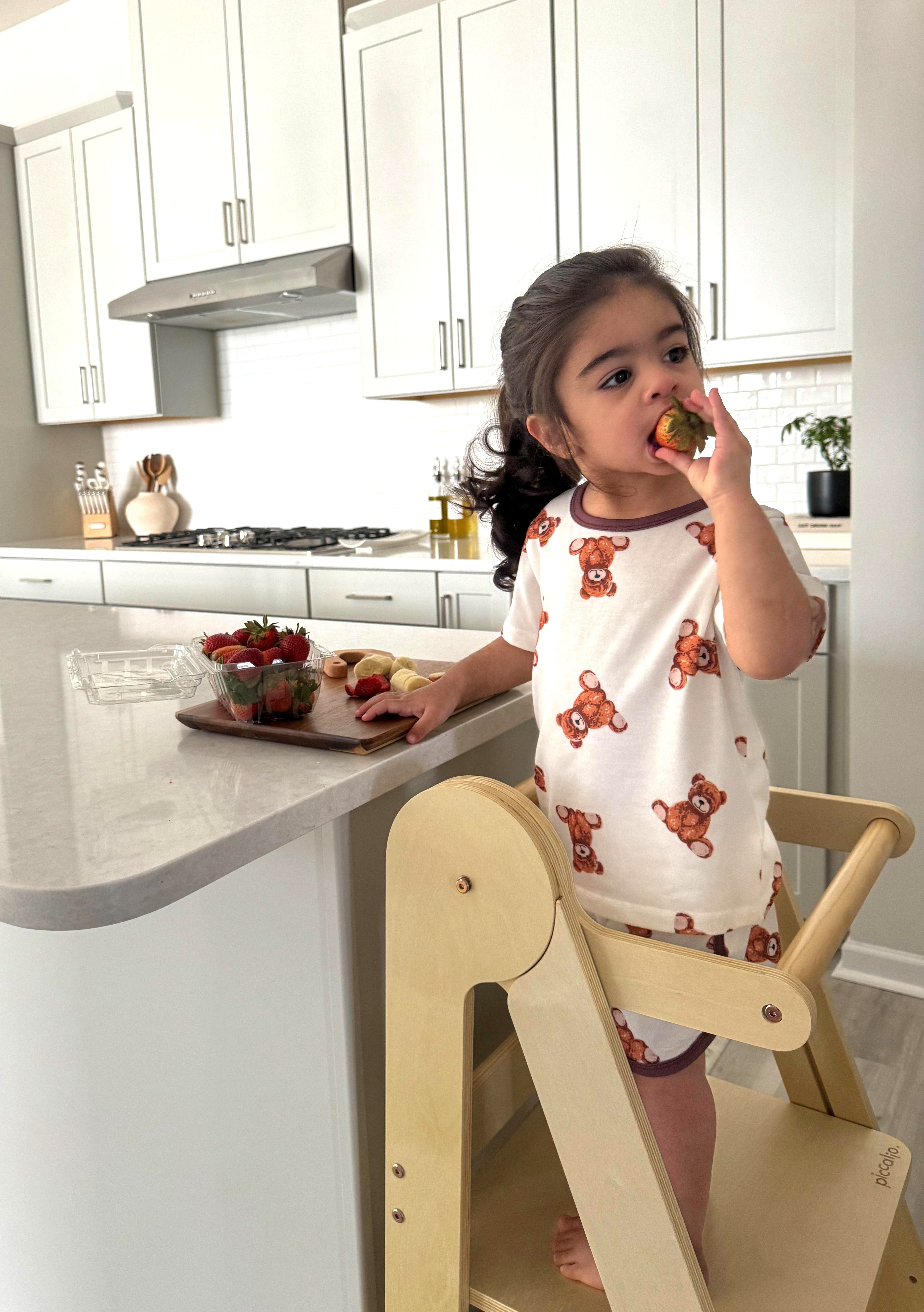

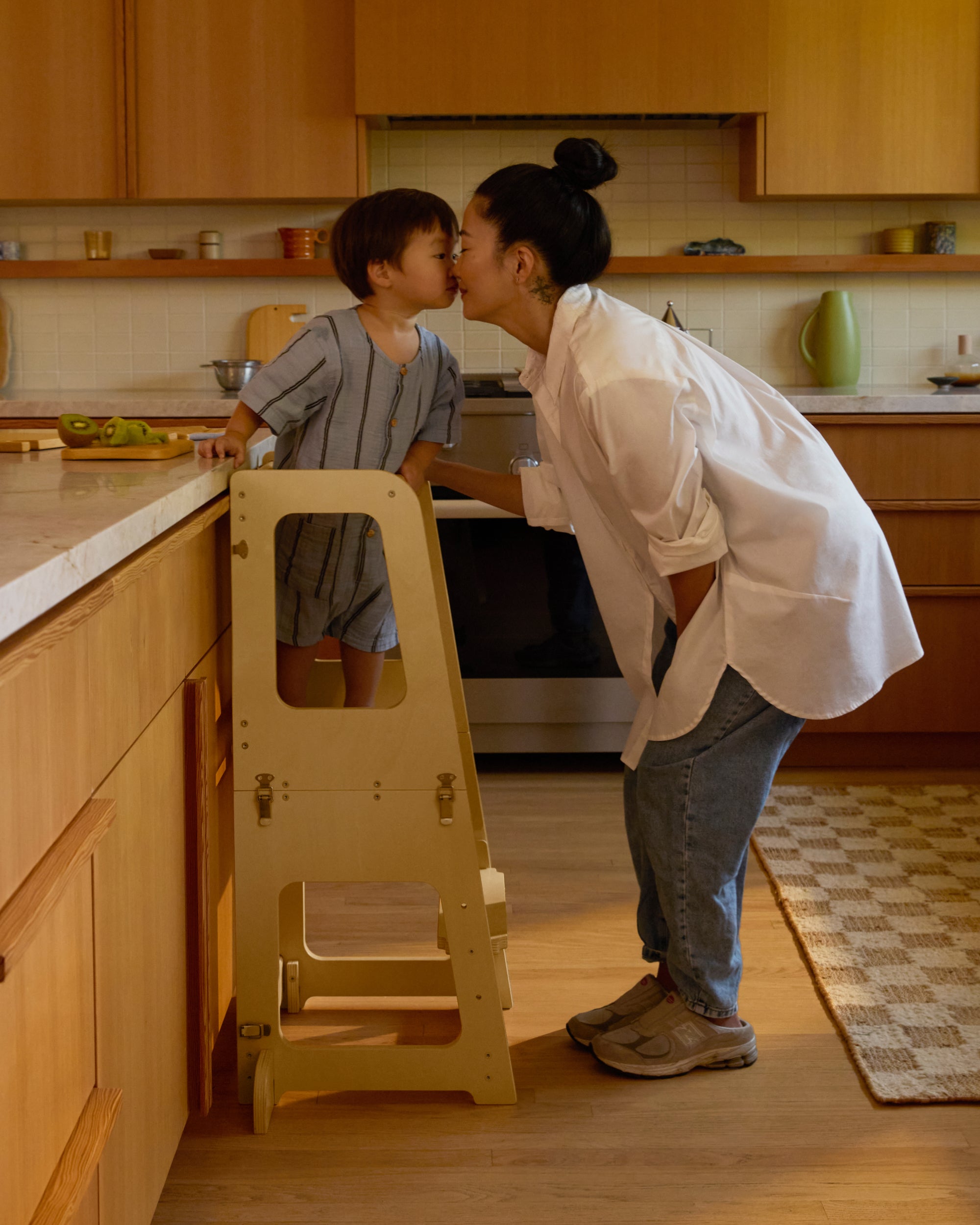
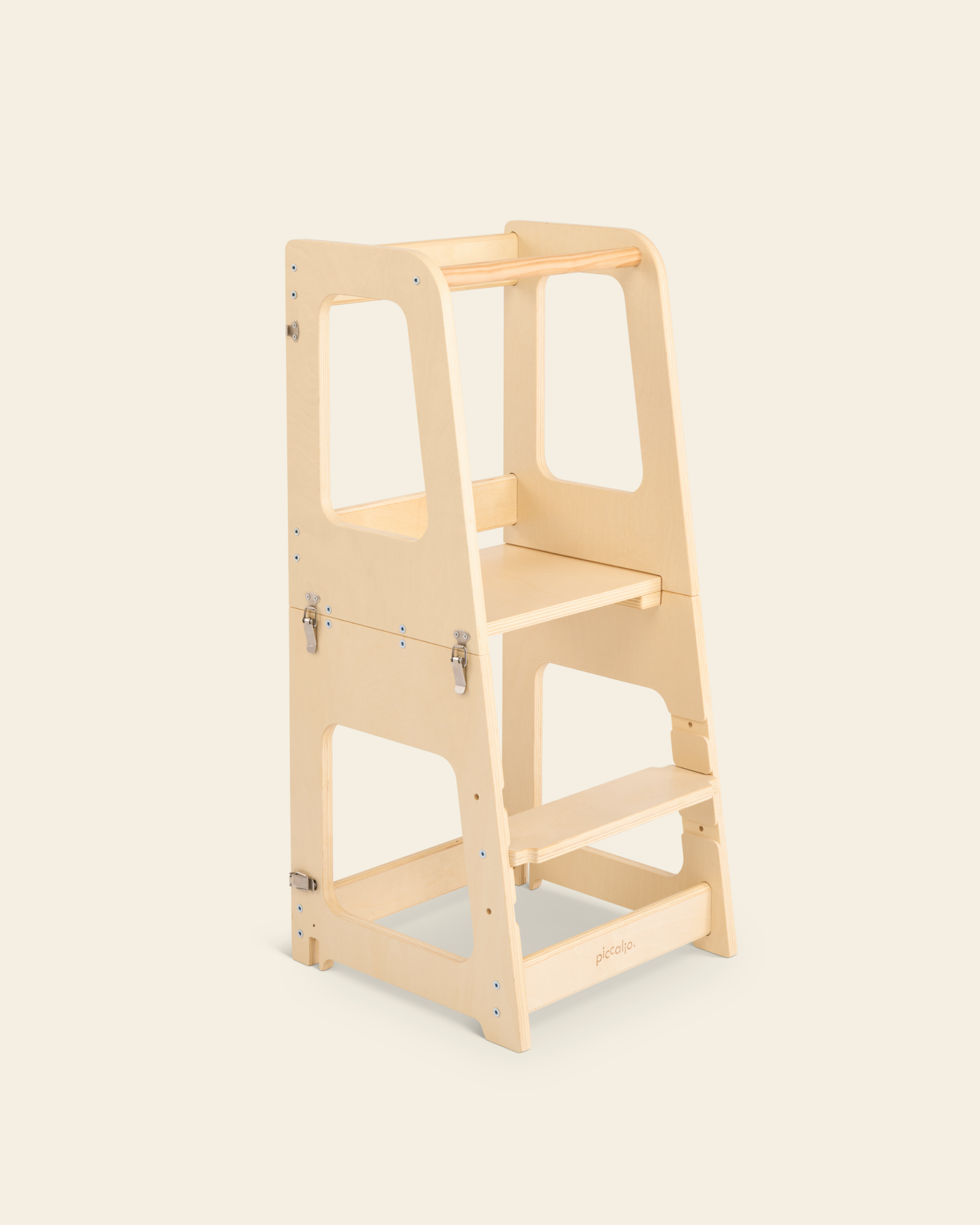
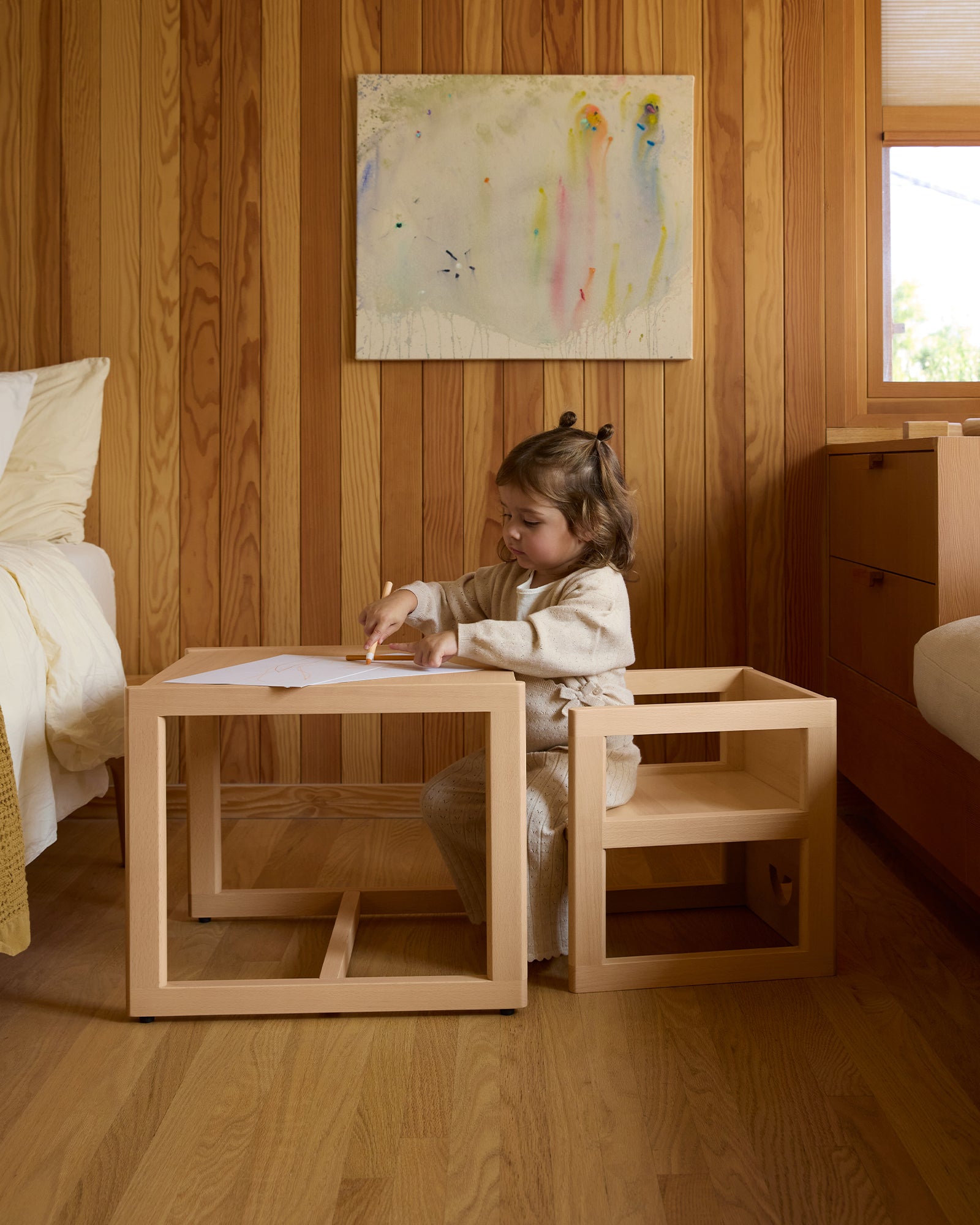
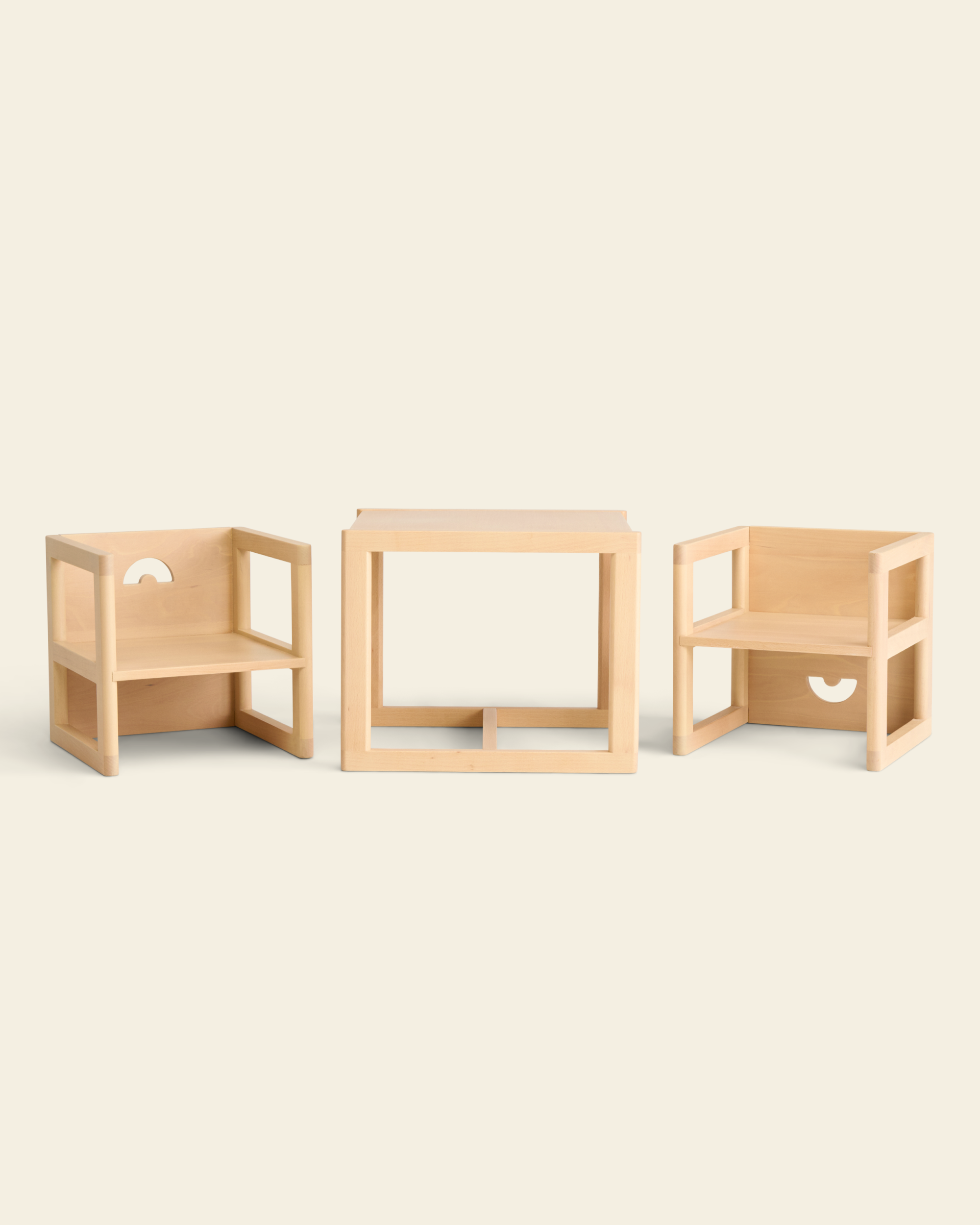
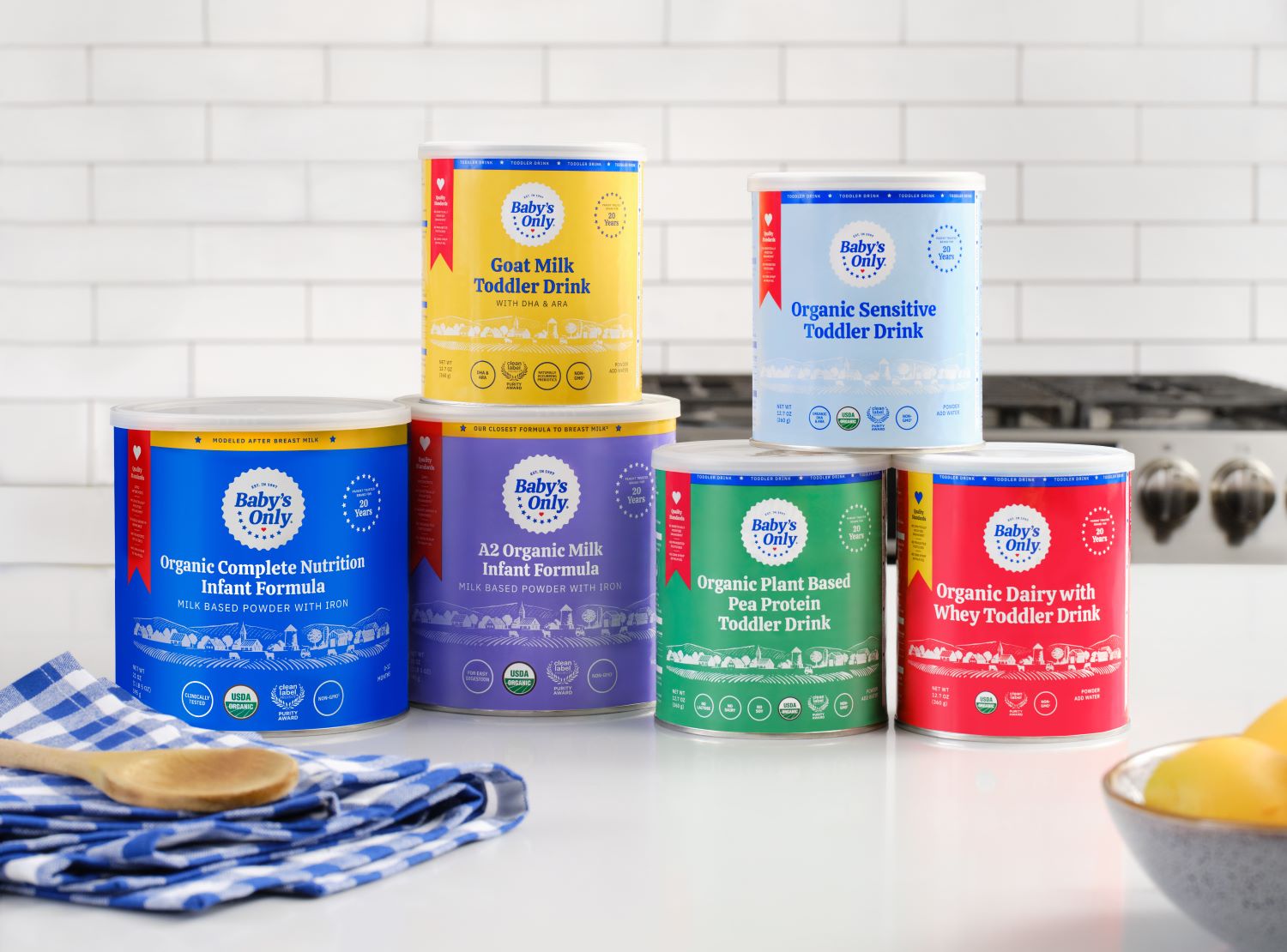
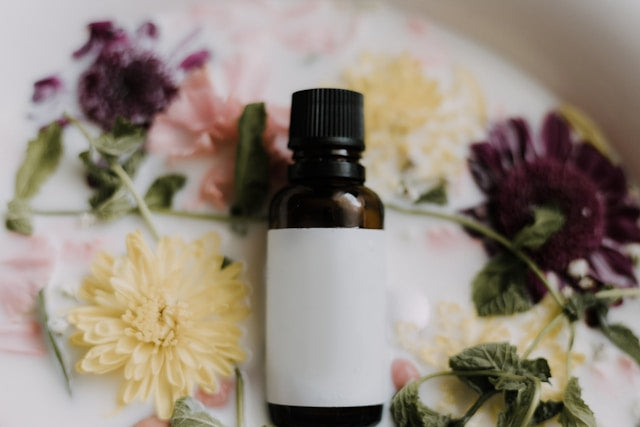
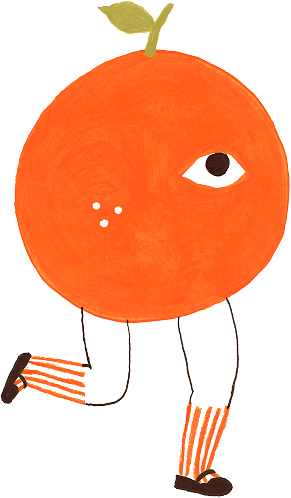

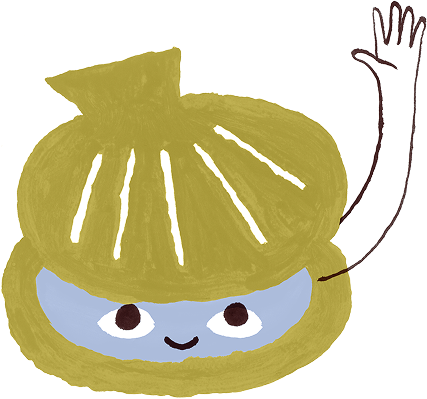
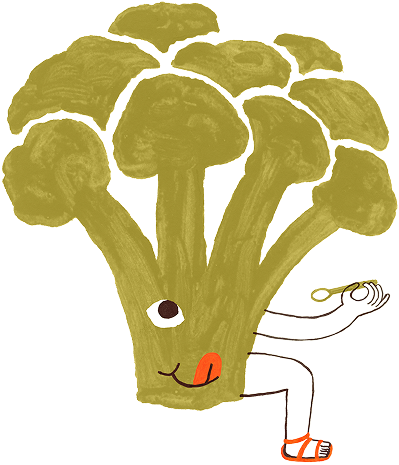
Leave a comment
This site is protected by hCaptcha and the hCaptcha Privacy Policy and Terms of Service apply.